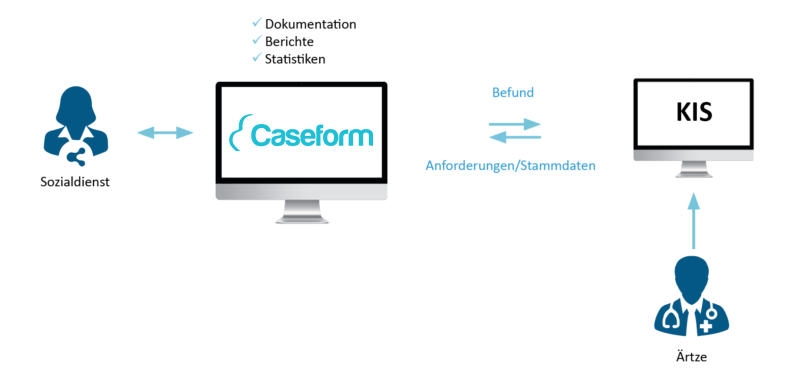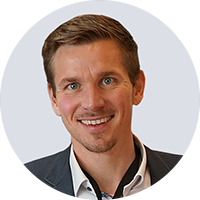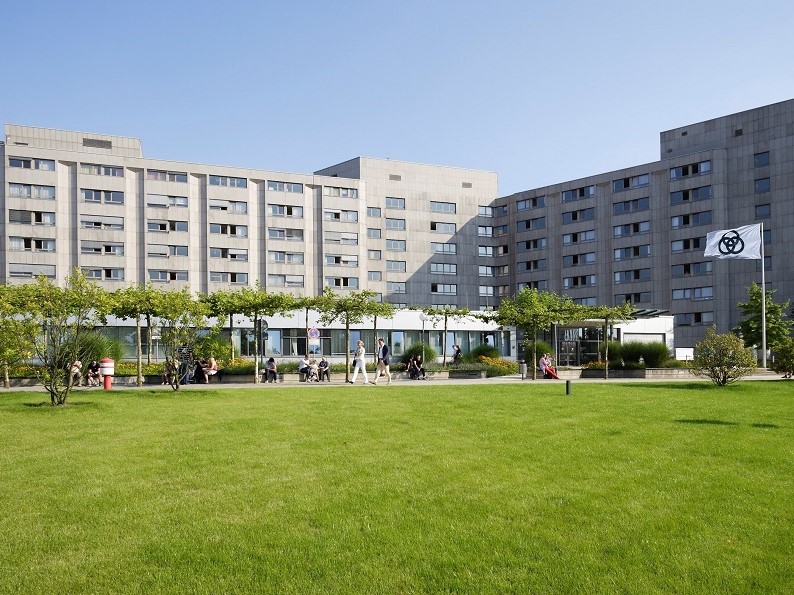Summary.
As the successor to LEXsoft Sozialdienst, the CareSD software solution from nubedian GmbH was developed in close cooperation with the German Association for Social Work in Healthcare e. V. (DVSG). The University Hospital Bonn (UKB) was selected to launch the software solution.
- Über 50.000 stationäre Patienten im Jahr, rund 35.000 Notfälle sowie über 350.000 ambulante Behandlungen
- Starkes Netzwerk mit 33 Kliniken und 26 Instituten.
- 8.000 Beschäftigte (über 5.000 Vollzeitkräfte)

Since 2016
Social service documentation with CareSD
1,300 beds
Mapping of all departments in CareSD
HL7 interface
Bidirectional exchange of information between HIS and CareSD.
Requirements.
The social service employees involved in the IT specialist group had the following requirements for the new software: In addition to user-friendliness, innovation and good support, an interface to the hospital information system (HIS) was a basic requirement. Furthermore, there had to be a way to transfer previously saved data from previous systems.

Implementation.
The data transfer from the previous system LEXsoft to CareSD was feasible for nubedian GmbH without any problems. The HL7 interface for data exchange with the HIS was individually tailored to the UKB. The software itself is constantly checked and further developed with the users. Current requirements are the development of a mobile solution for tablet computers and the optimization of forms.
Results.
The introduction of CareSD was a success for social services. Already in the pilot phase, data was cleaned up during data transfer according to CareSD and an individualized HL7 interface to the HIS was implemented. All cases are now automatically and completely compared with the HIS. At the same time, thanks to CareSD, cases can be recorded in a more differentiated and more precise manner than before.
“We are very satisfied with the solutions and the service provided by nubedian GmbH. With CareSD and Caseform, our work is supported holistically from the admission of the patient to the discharge. Our employees no longer have to contact the outpatient aftercare staff individually by phone in order to organize appropriate aftercare. This leaves significantly more time to care for patients and their relatives. With the help of the interface to the hospital information system, we map the entire discharge process holistically without technology breaks, avoid duplicate documentation and find the individually suitable care for our patients for the time after the hospital stay. Both software options are designed to be user-friendly and self-explanatory."
– Christine Noèl, Head of Discharge Management / Social Services, UK Bonn

Mathias Schmon, Geschäftsführer

